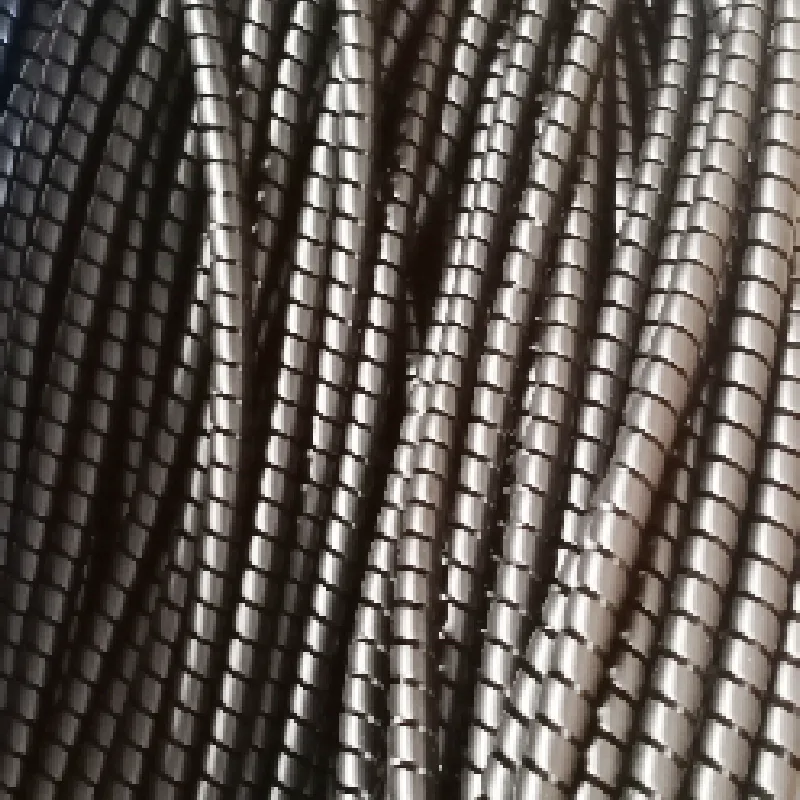different types of pipe couplings
Different Types of Pipe Couplings
Pipe couplings are integral components in piping systems, facilitating the connection of pipes for the transportation of liquids and gases. They are available in various designs and materials to suit different applications and operational requirements. Understanding the different types of pipe couplings is crucial for engineers and technicians to ensure the efficacy and safety of piping systems.
1. Rigid Couplings
Rigid couplings are designed to provide a permanent connection between two pipes. These couplings do not allow for any relative motion between the connected pipes, making them ideal for applications where alignment is critical. They are typically used in situations where vibration and movement are minimal. Common materials for rigid couplings include steel, however, they can also be made from PVC or cast iron, depending on the requirements of the piping system.
In contrast to rigid couplings, flexible couplings allow for some degree of movement between the connected pipes. This feature is particularly beneficial in accommodating thermal expansion or contraction, vibration, or misalignment caused by settling. Flexible couplings can absorb shock and reduce stress on the piping system, leading to enhanced durability. They are commonly used in water and wastewater applications, as well as in HVAC systems.
3. Slip Couplings
Slip couplings are a type of flexible coupling that can be adjusted to fit pipe lengths. They are particularly useful for repairing or extending existing piping systems. Since they slide over the ends of the pipes, they provide a convenient solution for joining pipes of different sizes without the need for additional fittings. Slip couplings are often used in plumbing and drainage systems where adjustments are frequently necessary.
different types of pipe couplings

4. Expansion Couplings
These couplings are specifically designed to accommodate thermal expansion and contraction of pipes. As temperatures fluctuate, pipes can expand and shrink, potentially leading to damage if not properly managed. Expansion couplings allow for this movement, ensuring that the structural integrity of the piping system remains intact. They are critical in processes where temperature variations are common, such as in steam lines or chemical processing facilities.
5. Capillary Couplings
Capillary couplings utilize the capillary action to create a tight seal between two pipes. This design is particularly advantageous in applications where a leak-proof connection is essential. Capillary couplings are often found in specialized applications, such as in the pharmaceutical or food and beverage industries, where hygiene and precision are paramount.
6. Flanged Couplings
Flanged couplings consist of two flanges that are bolted together to create a strong, secure connection between two pipes. This type of coupling allows for easy disassembly and maintenance, making it a popular choice in large industrial piping systems. The flanged design provides a robust connection that can handle high pressure and temperature applications.
Conclusion
Selecting the appropriate type of pipe coupling is critical in ensuring the reliability and efficiency of a piping system. Each type—be it rigid, flexible, slip, expansion, capillary, or flanged—offers unique benefits suited to specific applications. By understanding these different types, engineers and technicians can make informed decisions that enhance the performance and longevity of their piping systems.
-
Ultimate Spiral Protection for Hoses & CablesNewsJun.26,2025
-
The Ultimate Quick-Connect Solutions for Every NeedNewsJun.26,2025
-
SAE J1401 Brake Hose: Reliable Choice for Safe BrakingNewsJun.26,2025
-
Reliable J2064 A/C Hoses for Real-World Cooling NeedsNewsJun.26,2025
-
Heavy-Duty Sewer Jetting Hoses Built to LastNewsJun.26,2025
-
Fix Power Steering Tube Leaks Fast – Durable & Affordable SolutionNewsJun.26,2025

